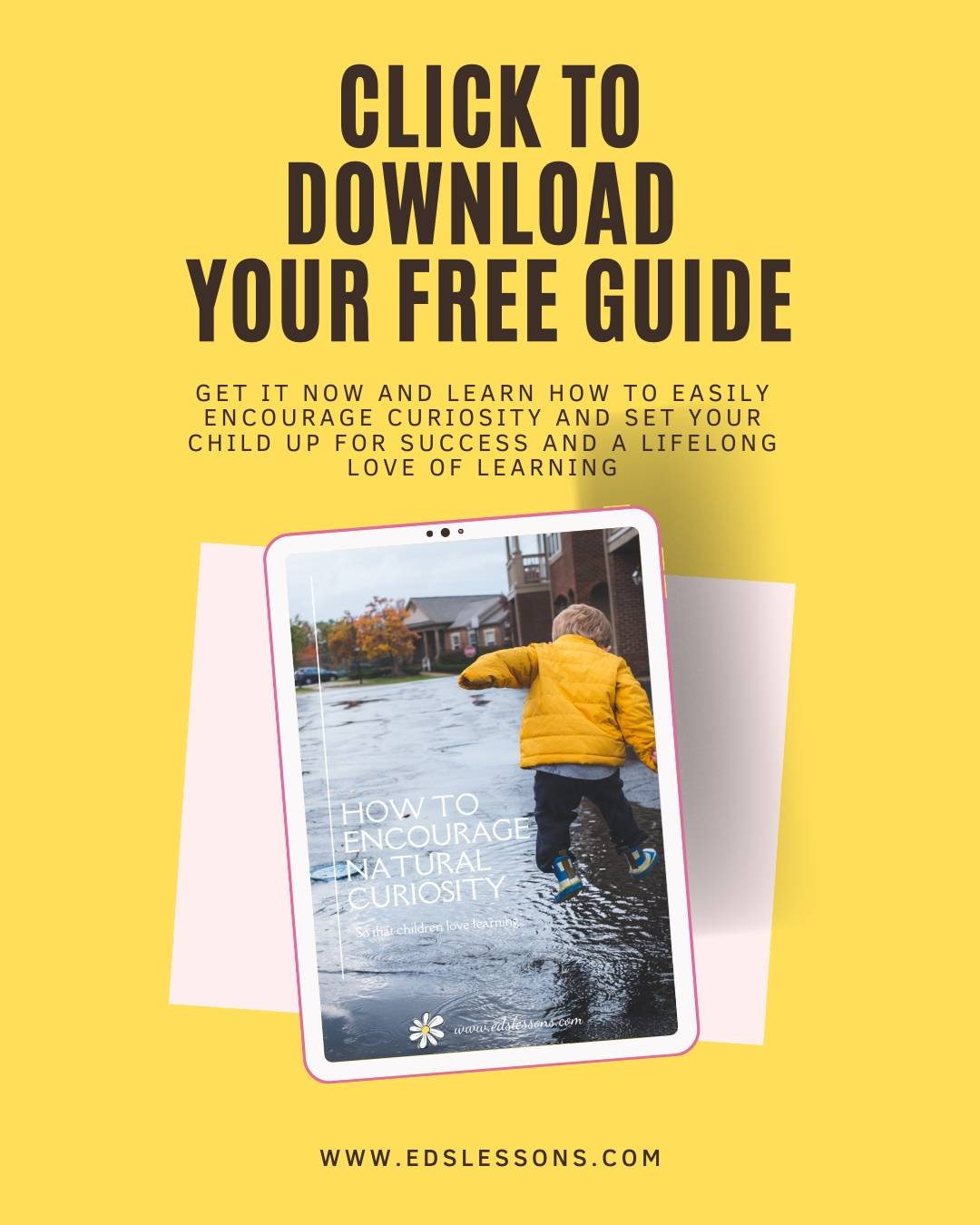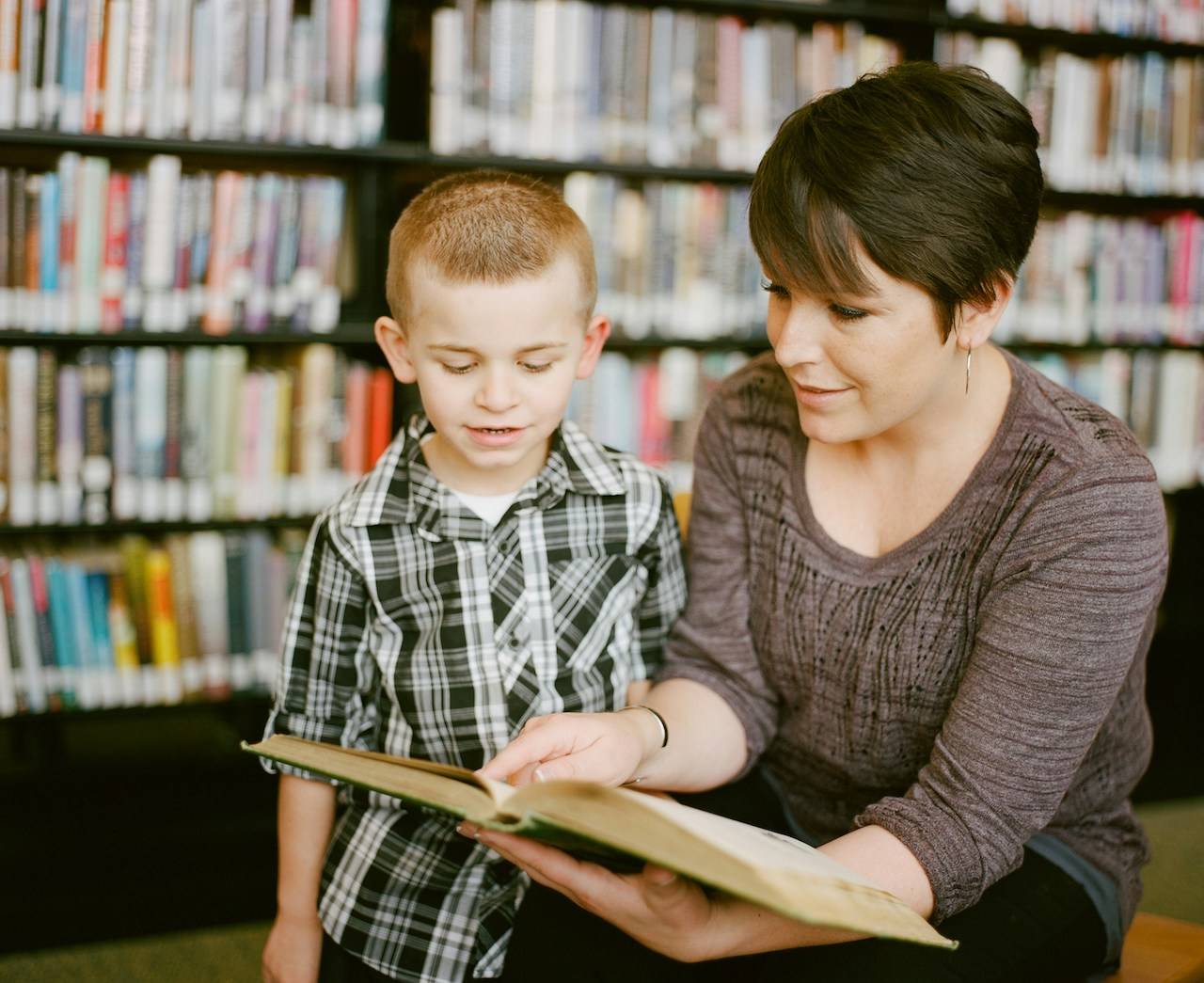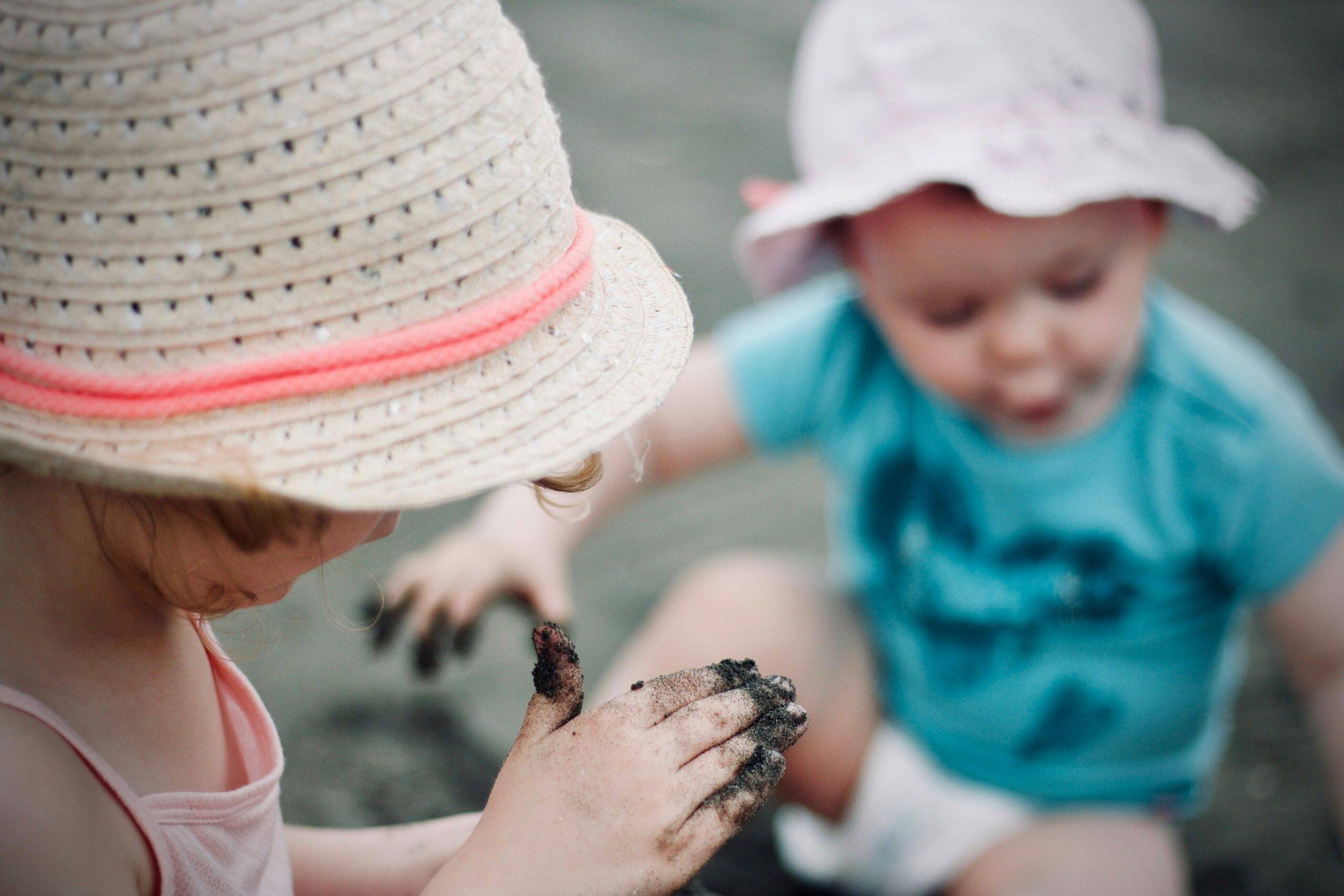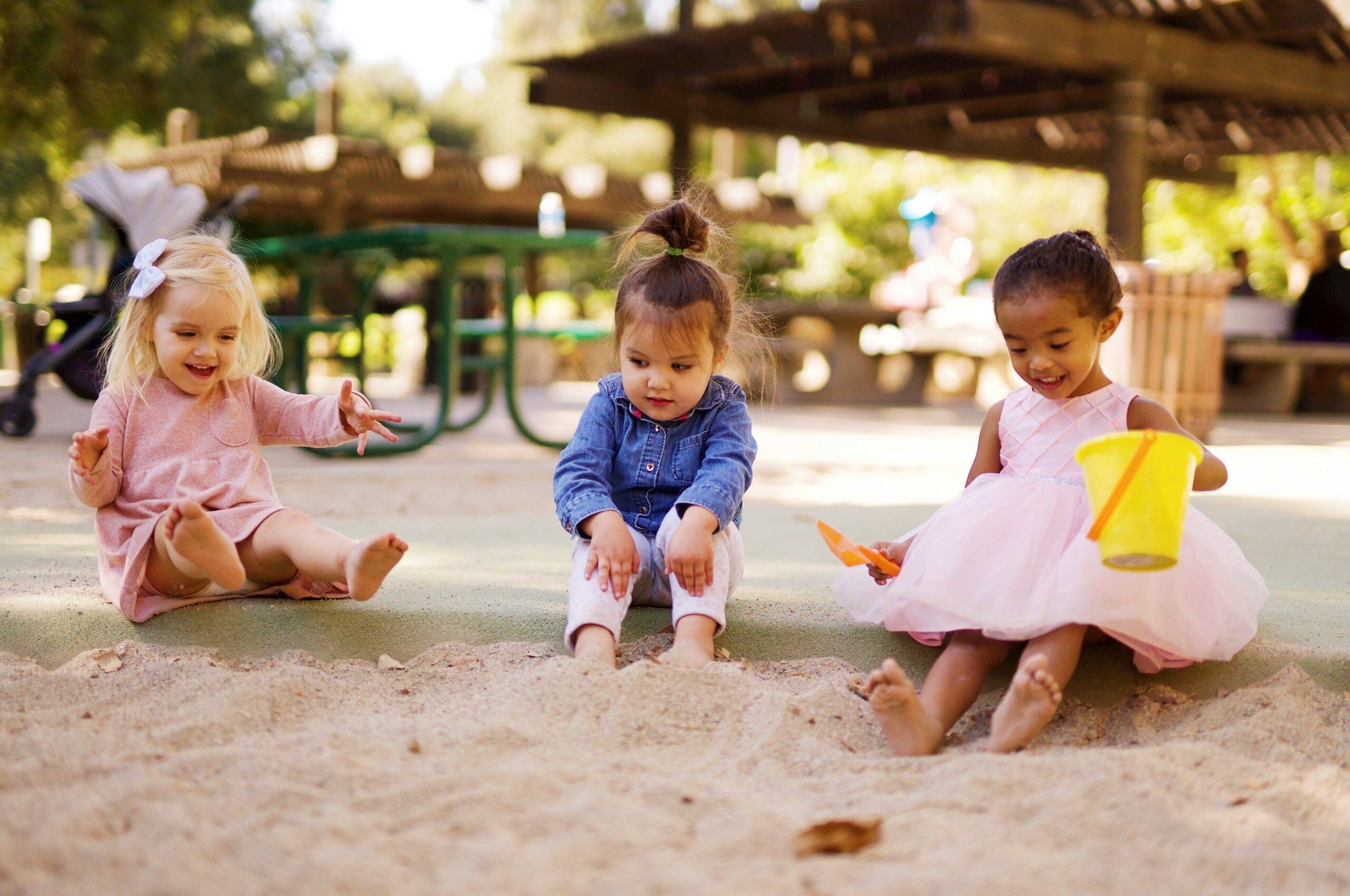Some of the links below may be affiliate links. This means that, at zero cost to you, I will earn an affiliate commission if you click through the link and finalise a purchase. All product recommendations are products that I have used and loved, or products that I would recommend based on experience.
How to Successfully Teach a Child to Read Part 1
Do you feel under pressure to teach your child to read? Do you think it’s time your child starts to learn to read? Is teaching reading just a painful experience for you and your child?
Teaching your child to read can be a daunting task. Not knowing where to start or how to approach teaching your child to read especially if your child doesn’t appear interested seems to be troubling many parents on social media posts.
First take a deep breath, pour yourself a cuppa and let’s see if we can put an action plan together that will make things a little easier for you.
This blog is at its core an informational source for nurturing inquiry, problem solving and creativity. The very skills everyone needs to function in the real world. Children learning to speak, read and write is of course the first step to developing literate adults. How do you nurture the literate adults of tomorrow?
It all begins with oral language. Speak to your children. Explain yourself in full sentences. Use “big” descriptive words – no baby talk. Explain the meaning of the words you are using and give examples of when or how you would use the word. Remember your children will copy you, so whatever language you use, they will too. A great You Tuber, Emma teaches pronunciation in English at https://www.youtube.com/c/mmmEnglish_Emma/featured
If you feel unsure about your level of language literacy or just want to improve your spoken English, check out this great You Tube channel.
How to successfully teach phonological awareness
Phonological awareness and decoding are a MASSIVE topic. It can be daunting for parents who have no experience in formal teaching.
To help your child’s phonological awareness you start simply. Remember you are a better reader than your child! As I have already mentioned it all begins with strong oral language.
Do you spot a trend here? Yes, your child’s ability to hear, identify and say the sounds they hear in words is not only necessary but crucial to becoming a strong reader. And guess what? Strong readers become strong writers!
So how do you develop phonological awareness in your child? Their ability to hear, isolate and manipulate the sounds in words?
Rhyming texts like nursery rhymes are ideal for this type of exploration. Let’s take a simple nursery rhyme like Humpty Dumpty.
Humpty Dumpty sat on the wall
Humpty Dumpty had a great fall.
All the king’s horses,
and all the king’s men
Couldn’t put Humpty
Together again.
Wall and fall sound similar, as do men and again. As you read these rhymes and even better repeat them over and over again until your child knows them off by heart, you ask the questions, which word sounds similar to wall? Which word sounds similar to again? Reading pictures books or nursery rhymes with rhyming texts allows you to play with the sounds in words.
Following on to that, is asking your child what sound (not letter) they hear at the beginning of words. Start with their name, their sibling’s name, your name, any word. When your child is eating an apple ask them what sound do you hear at the beginning of apple? You want them to answer ă (the short ‘a’ sound), the same sound you hear at the beginning of ant and astronaut, not the sound that you hear at the beginning of ape, that’s a long sound.
Once your child has a good handle on hearing the sounds (or phonemes) that words begin with, you can then move to the sounds that words end with. So, if you asked, “What sound do you hear at the end of wall?” Your child should respond ‘/l/’. The third step after beginning sounds and end sounds is obviously the middle sound. Use short three letter words, we call them CVC (consonant vowel consonant) words. These are words like top, can, dog, cat, sun, bat, ten, fin, cup etc. Once again if you ask your child what sound they hear in the middle of ten, they should reply ĕ. Not e as in tea.
How to Teach Reading with Modelling
Children who have lots of exposure to books and language usually have most success with reading. Apart from lots of talking to children, the next best thing we can do is to read to them. Often. Daily. When we read to children, we are modelling a love for reading AND what good reading sounds like. In order to develop that strong phonological base, reading rhyming picture books is not only fun to listen to, but they also provide us with the opportunity to ask all those questions that we spoke about above, to develop strong phonological awareness.
I have put together a list of 46 of my favourite rhyming picture books that have been a big hit with my students and I’m sure will be with your children too.
Conclusion
What lessons can we learn from all of this? Talking and building strong oral language is the foundation for strong reading and eventual writing skills.
This process is not something that can or should be rushed. Every child is different, and every child learns at a different rate. Don’t push too hard or too soon. It is so much better to create a strong foundation and have children with strong phonological awareness. Remember this is all about talking and listening, BEFORE reading.
Once children have a strong phonological base then only do we move to teaching reading. That will be a topic of the next post.
And if you’re still need more evidence as to why you shouldn’t rush into reading, read this article which cites studies that show that pushing kids too early has a negative effect on their later cognitive ability https://www.psychologytoday.com/au/blog/freedom-learn/201506/how-early-academic-training-retards-intellectual-development.
If you have found this post interesting or informative please share it, and subscribe below to my monthly newsletter to ensure you’re up to date with all the exciting developments at Ed’s Lessons.







